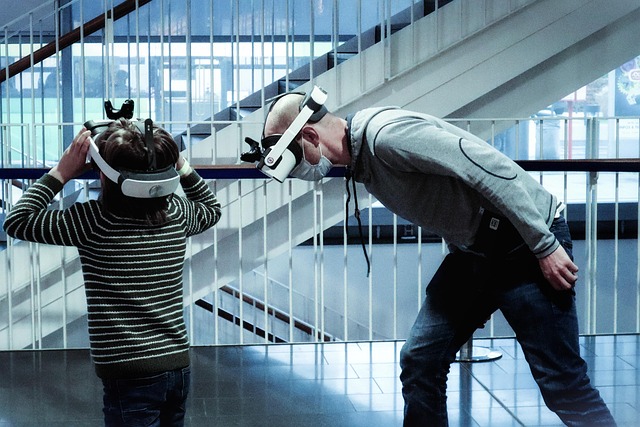The Future of 3D Modeling Software: A Journey into New Dimensions
The realm of 3D modeling has long been a playground for artists, designers, and engineers alike. However, as technology evolves, so too does the landscape of this fascinating discipline. The convergence of Virtual Reality (VR), Augmented Reality (AR), and the Metaverse is transforming the way we interact with digital spaces, opening up new possibilities for creativity and collaboration.
Virtual Reality: Immersive Experiences Unleashed
Imagine donning a headset and stepping into a fully immersive environment where your 3D models come to life around you. VR isn’t just about games; it is becoming a vital tool for designers and creators. With applications ranging from architecture to product design, VR enables professionals to walk through their creations, allowing for real-time adjustments and an understanding of scale and context that traditional methods simply cannot provide.
The ability to engage with designs in a virtual space offers a unique perspective that fosters innovation. This immersive experience enhances creativity, making it easier to visualize ideas and communicate them effectively to clients or collaborators. As 3D modeling software continues to integrate VR capabilities, we can expect an even richer creative experience that blurs the lines between reality and the digital world.
Augmented Reality: Enhancing the Physical World
Augmented Reality takes the world of 3D modeling and infuses it into our daily lives. By overlaying digital information onto our physical environment, AR allows users to visualize models in real-world contexts. For designers, this means that clients can see not just a rendered image, but an actual representation of how a product will fit in their space.
This technology has vast applications, from interior design to retail, where customers can try before they buy.” Apps that allow users to place virtual furniture in their living rooms or see how a new car model looks in their driveway are just the tip of the iceberg. As AR becomes more seamlessly integrated with 3D modeling software, the potential for interactive design experiences will only grow.
The Metaverse: Connecting Worlds
The Metaverse is emerging as a new digital frontier—a space where users can interact, create, and explore in a shared virtual environment. This interconnected universe opens up exciting prospects for 3D modeling software, enabling designers to create assets that can be used across a multitude of platforms and experiences.
As more brands and individuals enter the Metaverse, the demand for high-quality 3D models will continue to soar. From virtual storefronts to gaming environments, the need for detailed, engaging content will drive innovation in 3D modeling software. Artists will be empowered to push the boundaries of what is possible, creating immersive experiences that resonate in both virtual and real worlds.
As we look towards the future, the integration of VR, AR, and the Metaverse will redefine the landscape of 3D modeling. Creatives will be equipped with tools that not only enhance their work but also revolutionize how we perceive and interact with digital creations. The future is not just about creating models; it’s about building experiences that are immersive, impactful, and interconnected.




